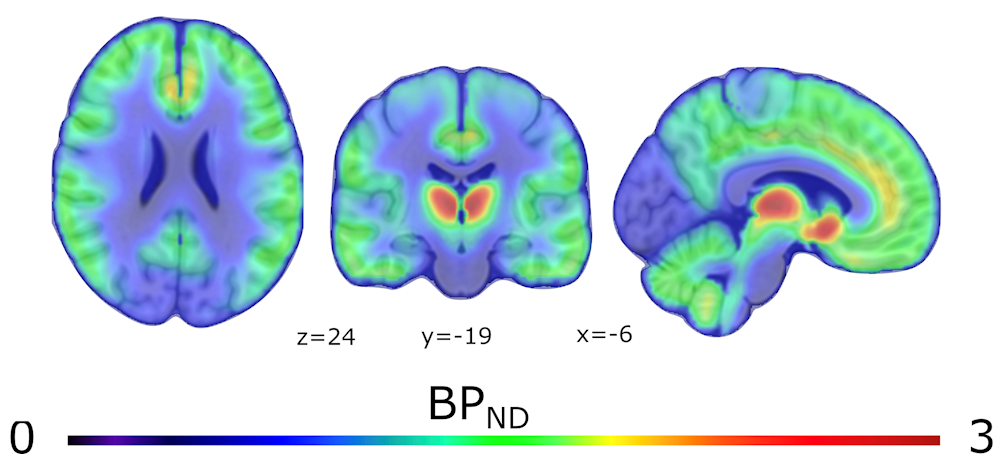A new study from Turku PET Centre and Åbo Akademi University has revealed that orgasm releases endogenous opioids in the human brain.
Opioids modulate pain and pleasure, but their role in human sexual behavior has been poorly understood. Using positron emission tomography, the Finnish research team showed that orgasm leads to opioid release in the brain, and that sexual pleasure leads to activation of large-scale brain networks.
“Following orgasm, we observed significantly higher opioid release in the hippocampus, an area of the brain known to be central to emotion and memory function”, says Professor Patrick Jern, who led the study. “When brain responses to penile stimulation were studied, we observed activation in the hippocampus but also in regions governing arousal responses and tactile sensations in the brain. Altogether these preliminary findings may be helpful for developing new treatments for orgasmic disorders.”
“Opioid release following orgasm resembled responses to other enjoyable experiences such as socializing and feeding”, says Professor Lauri Nummenmaa. “This tells us that opioids have a general role in generating human pleasures. However, the current experiments cannot yet tell if the observed opioid release is indicative of pleasure evoked by the sexual stimulation, or whether it is linked with the orgasm phase itself.”
Because sex is such a private and intimate issue, studying human sexuality in the laboratory is tricky. Movement during scanning will also distort the brain images. This is why sexual stimulation was provided by the partners.
“It is easy to imagine, of course, that it can be difficult to be totally still when receiving sexual stimulation. It was also challenging to find couples that were willing to participate in the intimate experiments. We were obviously considerate of the participants’ privacy and feelings of safety. For example, we met each couple before the experiments and explained in detail what would happen during the scanning. We even played sounds of what an fMRI scanner sounds like to them – the scanners are very noisy and far from romantic! The researchers could not see or hear the participants when the men were being stimulated, but the participants could communicate to the researchers via intercom if needed”, say Professor Jern.
Six healthy males with their female partners participated in the study. Participants’ brains were scanned using positron emission tomography (PET) twice: once in a neutral baseline state, and once immediately following an orgasm their partners had provided for them. Brain function was also measured during penile stimulation in a separate experiment.
The research was funded by the Academy of Finland. The results were published in The Journal of Nuclear Medicine.

Map of brain opioid receptors targeted with positron emission tomography in the study.
> Read an earlier study on brain responses to sex in men and women
More information
Professor Patrick Jern, Department of Psychology, Åbo Akademi University, patrick.jern@abo.fi
Professor Lauri Nummenmaa, Turku PET Centre, University of Turku, lauri.nummenmaa@utu.fi




